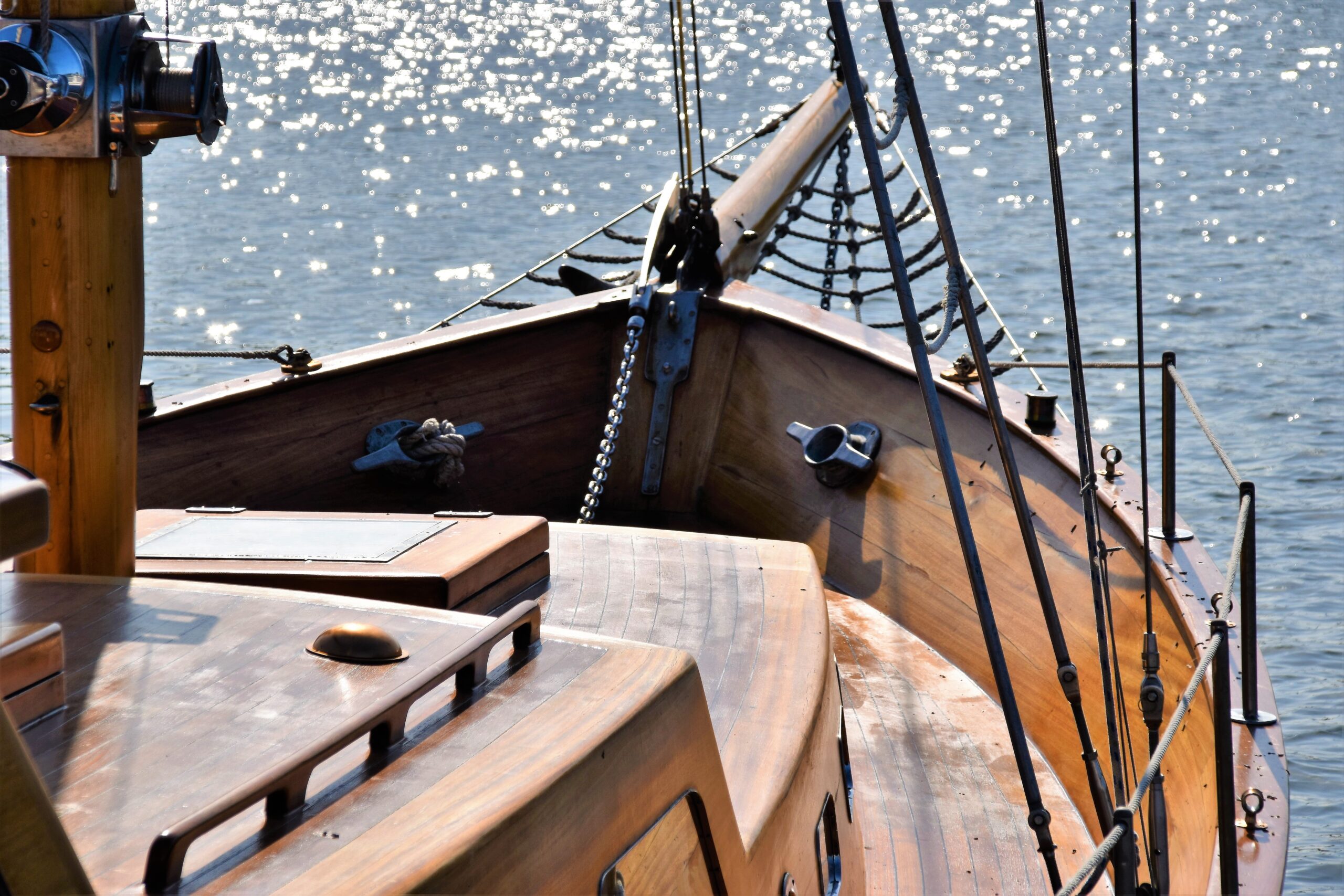“Now think of the happiest things. It’s the same as having wings,” Peter Pan exclaims to the young Darling children while teaching them to fly away to Neverland, a fictitious island where they could remain children forever, in The Walt Disney production Peter Pan.
In the midst of war times and family challenges depicted first by early 1900s Scottish Novelist, J.M. Barrie, Peter Pan began to teach us through his story. An escape to Neverland with the Darling children, Wendy, John, and baby Michael, paints the picture of adventure while they run away with Peter to spend time in Neverland with the Lost Boys, a group of young boys lost by their parents. Depicted again in the 1953 Disney animated film and later yet represented as an iconic pop culture reference in 21st century songs about a ‘Lost Boy’ by Ruth B., and ‘Peter Pan’ by Kelsea Ballerini, Peter Pan and the Darling children’s story remains iconic.
Peter Pan, Tinker Bell, and the Darling Children Wendy, Baby Michael and John (Left to Right), flying off to Neverland
Today, Peter Pan is still one of the most popular representations of not only escapism, but, subsequently, a way that people can view the world through the eyes of children. Peter Pan and other characters like him represent something much bigger than the tall tales told or the songs sung through the often animated Disney lens. These Disney characters present us with an opportunity to seek out lessons in fairy tales of old that continue to teach us of a world that could be.
From Peter, we learn to embrace youthfulness, build family, dive into adventure, and to let your imagination fly.
While the story of Peter Pan is not one of the oldest, fairy tales have been around for millenia. Some of the older fairy tales, like “Rumplestiltskin” and “Beauty and the Beast”, have been traced back to prehistoric times. Contrary to my own early beliefs, it was not just Walt Disney who created or owned the ‘fairy tale’. Rather, he built an empire on constructing and selling stories people could identify with and learn from.
Walt Disney Tribute at DisneyLand; Anaheim, California
Disney inspires us to learn from stories. In fact, stories are one of the most effective ways people can learn. According to a Senior Manager in Video Solutions at Harvard Business Publishing and Corporate Learning (2017), good stories connect us with culture, people, and values we can build into our understanding of and ability to process the world.
People from all walks of life have been learning from stories dating back to the Bronze Age over 5,300 years ago. Before the evolution of modern society, we sat with our mothers and grandmothers to learn the ways of the world. We told tall tales of tribulations, tactics, and triumph to connect and learn from one another. Not so different is the world depicted through Disney’s Pixar Animation Studios.
While adults scoff at the childlike rose-colored glasses that Disney equips us with or are cynical about the fantastical escape that it creates, my views are certainly different. Like our own stories and the stories told before us, an animated film portrays peril, sadness, and heartache. Like in our own stories and lives there are characters we can cling to, identify with, and learn from.
We learn from archetypes like the Wise Old Woman, Grandmother Willow, in Pocahontas, who reminds us of our own wise mothers and grandmothers—determined to help us learn the ways of the wind. Whether we connect the sentient weeping willow tree’s advice to the advice of our biological grandmothers or not, we lean in to hear the tribal wisdom she represents. We hear of the hero Merida, from Disney Pixar’s Brave, who breathes with the bend of her bow, and saves herself and her family. Beginning with claiming and competing for her own hand in marriage, she teaches us valuable lessons. In her, young girls and women see their own warrior ready to stand for themselves. Merida tells us “You control your destiny — you don’t need magic to do it. And there are no magical shortcuts to solving your problems.”
In Merida and other heroines of Disney, we feel the importance of our own life quest, and see our reflection in their journey. We not only see our likeness in the big and strong depictions of heroines and heroes such as Meilin Lee, Hercules, or Prince Charming, but also in stories where we connect to feeling small, weak, or incapable; “You are braver than you believe, stronger than you seem, and smarter than you think,” Christopher Robin tells Winnie the Pooh. This mantra, I would do well to tell myself every day.
Christopher Robin and Winnie the Pooh
But have these archetype inspired rose-colored glasses taken from us the ability to see the world for what it is? With a Disney-tinted perspective, can one truly understand the never-ending pain and suffering in the world?
I used to think this perverted escapism was an evil, a blindfold, I thought. But maybe these rose-colored glasses are advantageous. They are not blinding us nor are they an escape. No, they are only necessary to shade the blinding brightness of the bad in the world. For example, one does not show up to the beach on a sunny day near the equator without sunglasses and stare into the shining sky. No! They prepare for the potential damage of the UV rays. They apply sunblock and bring a hat and sunglasses so they might have a chance of enjoying the view. In this example, mine and Disney’s approach to showing up for the world are the same.
Isn’t it possible that things have gotten so bad—so bright—that, in order to show up and contribute at all we need the rose-colored glasses. The rose-colored glasses protect us from damage, depression, and despondent inaction. Maybe, with this filtered light, Disney does not shield us from the truth but shows us how to find truth in spite of a world that will always have a villain, bad guy, or disaster.
Maybe Disney stories, rose-colored glasses, and thinking with the perspective of a child are the answers in some ways. We are still in a pandemic. There is war in the Ukraine and Russia. Global conflicts wage on in Afghanistan, Ethiopia, and Yemen. Mass shootings of our youth across the U.S. shake the nation, yet… Disney marches on… because maybe now more than ever people need a fairy tale.
I am not suggesting that going home and watching the latest Disney movie is going to save the world. But what I am suggesting is that you revisit the childlike magic, put on your rose-colored glasses when you need to, and challenge yourself to show up to do good in the world. People need to hearken back to their stories, their roots, and the lessons that strengthened them as children. People need to learn that “… the real trouble with the world”… may just be “Too many people growing up.” (Walt Disney)
You have not outgrown the magic life offers. If you think of happy things, the less the sunburn stings, and way up in the sky, you’ll find you too can fly.
-Just your friendly neighborhood scientist,
Lauren Nellie Anderson
Shouts out to our Investigators!
- Erik Milham! Your outstanding support helps us write more meaningful content.
You too can help us ask questions. Visit Patreon to learn more.


